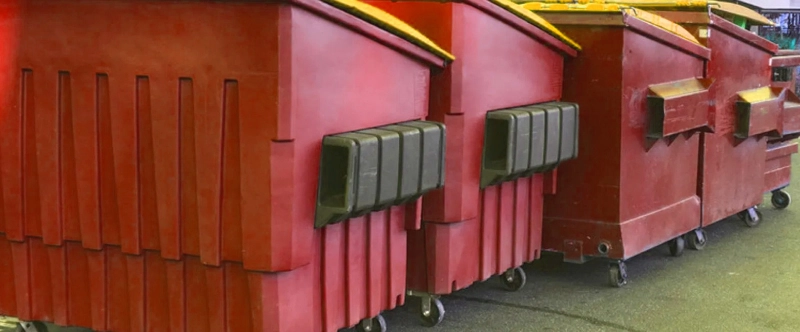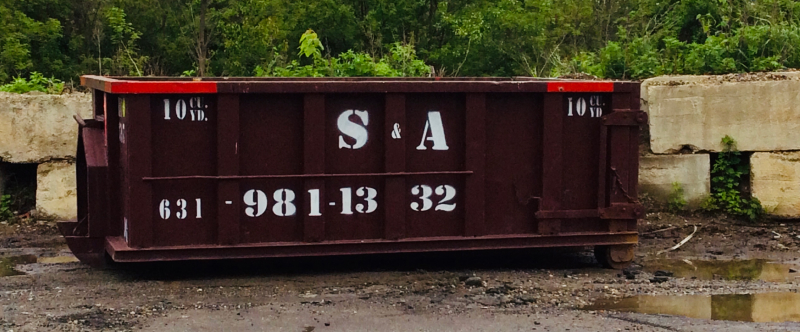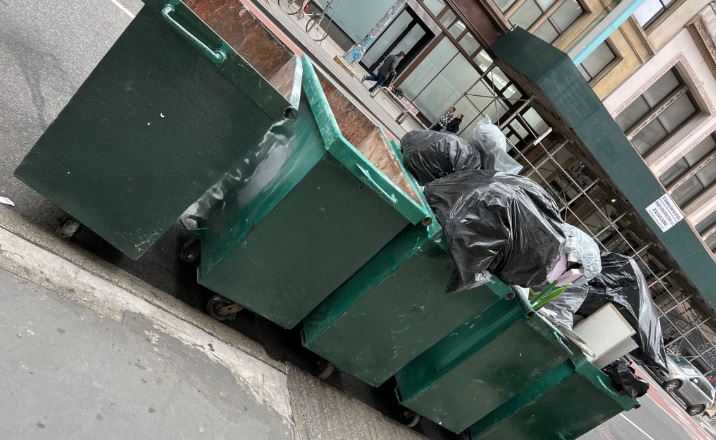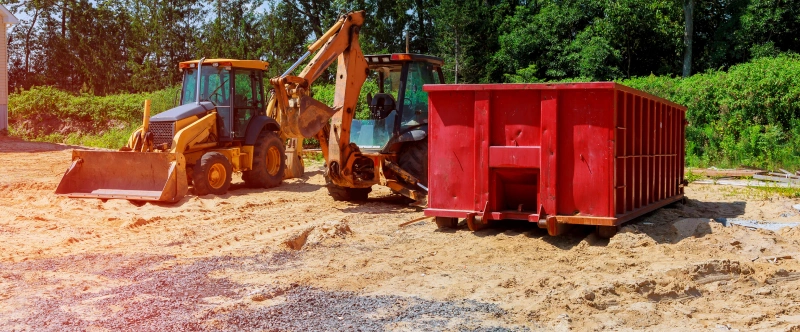Waste has become an unavoidable byproduct of daily life. From plastic packaging to food scraps, we generate massive amounts of waste every day, often without fully considering its environmental impact. With growing global awareness of environmental challenges, it is more crucial than ever to focus on sustainable waste management practices that can help mitigate these effects.
As a result, many businesses are exploring strategies to reduce waste and lower waste collection costs. Sustainability is now a key factor in decision-making for both investors and consumers.
This article highlights various sustainable waste management practices and offers practical strategies for implementing eco-friendly waste solutions.
Sustainable Waste Management: What Is It?
Traditionally, the economy has relied on a “make-use-dispose” model. For instance, when automakers produce a new car, they must purchase new steel, wiring, battery cells, and cloth. Furniture makers craft tables and chairs from bulk lumber, and builders use new bricks to construct homes.
However, this linear approach focuses on the consequences of waste production, seldom addressing the root cause. Sustainable waste management, on the other hand, moves beyond just waste disposal.
It seeks to transform the linear economy into a more circular model, where usable materials are reintegrated into manufacturing processes. Instead of starting with raw materials, green waste management begins with renewable resources. For example, steel from old auto parts can be melted down and reused for the same model, while wood and bricks from construction sites can be repurposed for other projects.
Benefits of Sustainable Waste Management Practices
Implementing sustainable waste management strategies offers businesses and communities numerous economic and social benefits:
Cost Savings:
Reducing packaging, recycling materials, and minimizing waste can lead to significant cost reductions for organizations.
Better Environmental Impact:
Sustainable waste management reduces pollution and harmful chemicals, leading to cleaner air and water.
Economic Growth:
Eco-friendly waste solutions create new opportunities such as expanded waste management services, increased local revenue from taxes, and support for local businesses. Companies committed to zero-waste initiatives often help local economies by purchasing locally made and recycled products.
Community Engagement:
Sustainable waste practices can enhance community involvement. By providing easier access to landfills and recycling facilities, educating the public about sustainable habits, and encouraging active participation, communities can take a more hands-on role in managing waste.
Resource Efficiency:
Reusing materials promotes efficiency by conserving valuable resources and reducing the need for new raw materials.
Health and Safety:
Effective waste management can reduce the presence of hazardous materials, which decreases the risk of health issues. Reducing waste also helps curb the spread of disease-causing organisms and pests. Improving air and water quality enhances overall health and safety.
Social Benefits:
Sustainable waste practices promote fair distribution of resources, foster civic pride, and improve quality of life in communities.
Types of Waste That Require Sustainable Management
Certain types of waste require special attention in sustainable management practices. Here are a few examples:
Hazardous Waste:
Hazardous materials, such as used batteries, paint thinners, or expired pesticides, are toxic, flammable, or corrosive. These require certified transporters and disposal facilities to ensure safety.
E-Waste:
E-waste is the fastest-growing waste stream, fueled by our constant desire for new technology. Discarded electronics like phones, computers, and TVs often contain harmful materials like lead and mercury. It’s essential to recycle e-waste through designated programs, repair or donate usable devices, and extend their lifespan wherever possible.
Medical Waste:
Medical waste, including sharps and infectious materials, requires careful handling to protect public health. Proper sorting and disposal, using approved facilities, is crucial for ensuring safety.
Industrial Waste:
Factories produce large amounts of waste, such as chemicals, packaging, and byproducts from manufacturing processes. Green waste management techniques, including reuse and responsible processing, can minimize the environmental impact of industrial waste.
Demolition Waste:
The debris from demolished buildings, including bricks, metal, wood, and concrete, can be reused or recycled to reduce landfill waste and conserve resources.
Eco-friendly Waste Management Hierarchy: What Is It?
The Waste Hierarchy is a framework for managing waste that prioritizes environmentally friendly practices. It encourages decision-making that minimizes the environmental impact of waste, starting with prevention and moving toward disposal as a last resort.
- Prevention
The most sustainable option is to prevent waste at its source. This includes designing products with fewer materials, reducing packaging, and encouraging responsible consumption practices. The goal is to eliminate waste entirely. - Reuse
Repurposing materials without significant modification helps extend their lifespan and reduce the need for new resources. This could include reusing containers, refurbishing electronics, or donating clothing. Companies can encourage reuse by educating consumers and incentivizing the repurposing of waste. - Recycling and Composting
Recycling and composting require less energy than producing new products from raw materials. By processing waste into new products, recycling conserves resources, saves energy, and reduces landfill waste. Materials like paper, glass, plastics, and metals are all recyclable. - Recovery
This stage involves converting non-recyclable waste into energy, heat, or fuel. Techniques such as landfill gas recovery, pyrolysis, and waste-to-energy (WTE) plants can generate energy while reducing landfill waste. - Treatment
Waste that cannot be reused, recycled, or converted into energy may require treatment to reduce its harmful effects. Methods include chemical treatment, sterilization, and bioremediation to minimize volume or toxicity. - Disposal
The least favorable option is disposal, which involves sending waste to landfills or incinerators. While modern waste management practices aim to reduce environmental harm, disposal should always be a last resort.
Manage Waste Sustainably with S&A Container Service
Choose Long Island’s S&A Container Service for your sustainable waste management needs. We are committed to promoting zero-waste practices like recycling and composting, helping reduce the environmental impact of your restoration projects. With various dumpster sizes to choose from, you can select the right container for your needs while minimizing waste generation. Trust us to manage your residential or commercial waste ethically.
Conclusion
Sustainable waste management plays a pivotal role in creating a circular economy and reducing waste. By implementing eco-friendly techniques, businesses and communities can save money, stimulate economic growth, and improve social well-being. Adopting zero-waste practices will help make our businesses and communities more resilient and sustainable in the long run.
Together, we can take small but meaningful steps toward green waste management and make a positive impact on the planet. Every effort counts!
FAQs
What separates conventional waste management from sustainable waste management?
Traditional systems focus on collection and disposal, while eco-friendly waste management prioritizes reduction, reuse, recycling, and proper disposal.
Why is green waste management important?
It helps combat climate change, protects the environment and public health, and creates jobs in recycling and waste-to-energy sectors.
How can I apply eco-friendly waste management at home?
Choose products with minimal packaging, reduce consumption, reuse and repurpose items, recycle properly, and compost food scraps.
What are some challenges of green waste management?
Challenges include changing consumer habits, limitations in infrastructure, and a lack of laws that encourage sustainable practices.
How can individuals participate in zero-waste efforts?
Support sustainable businesses, educate yourself and others, and advocate for change with local representatives.



